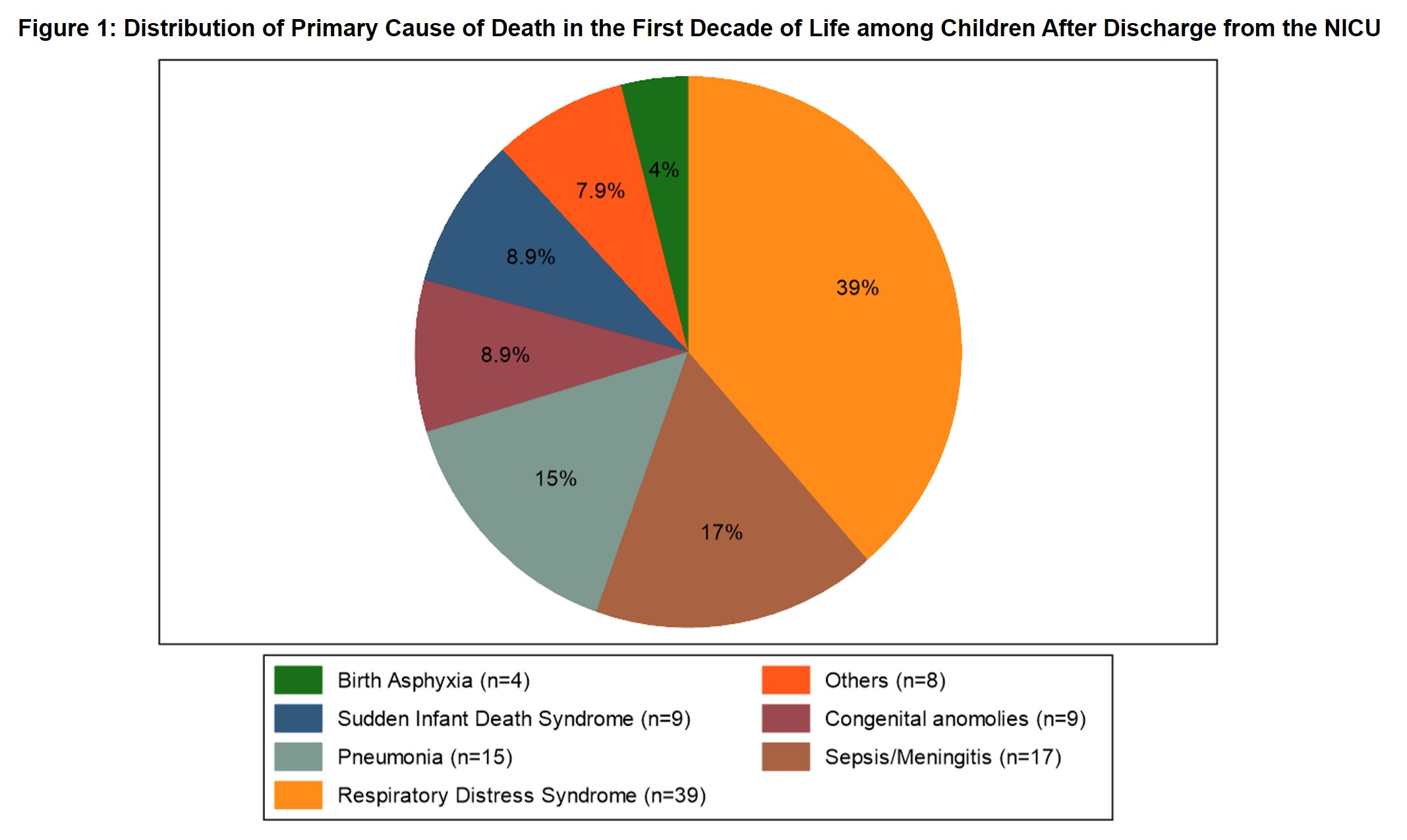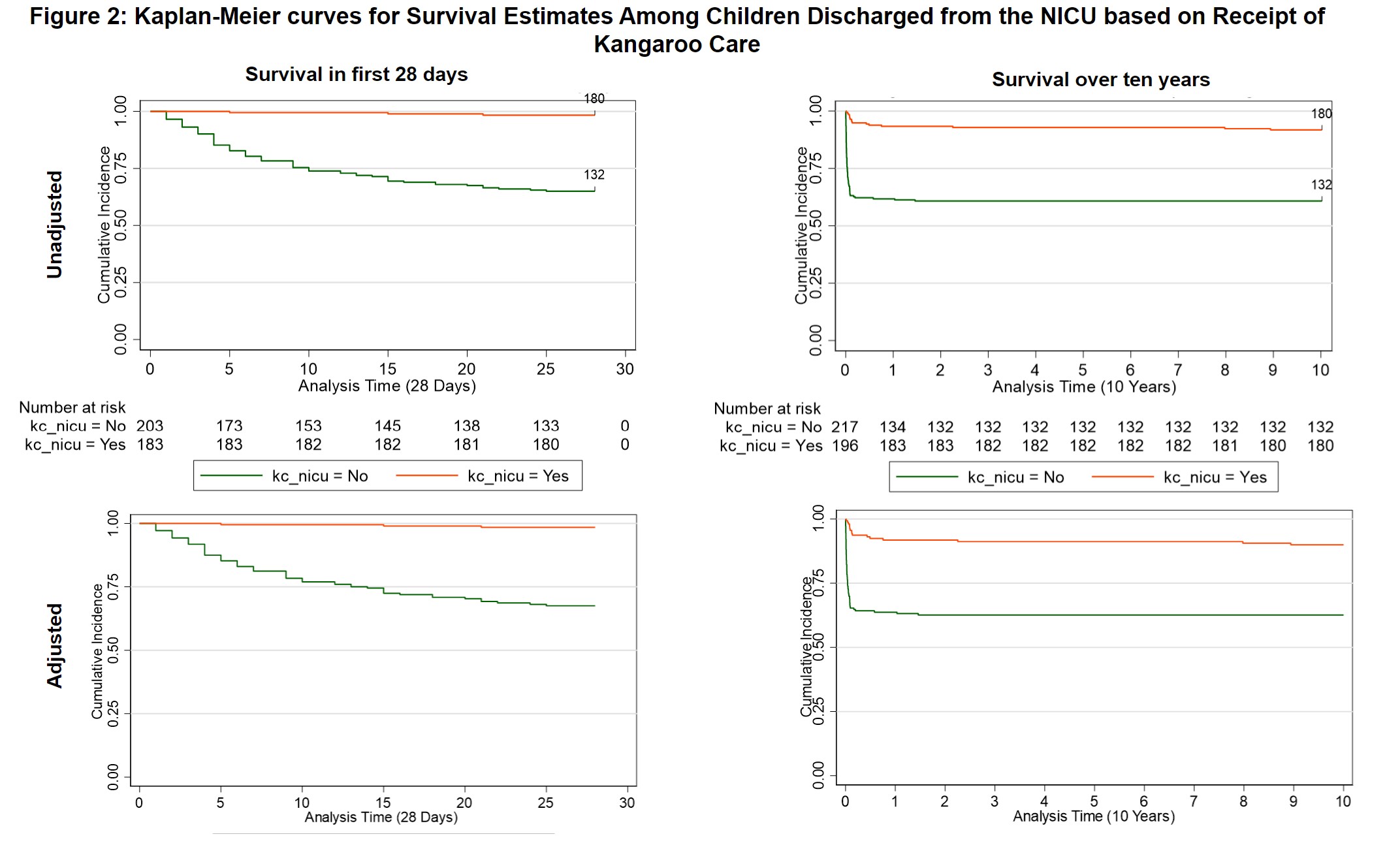Global Neonatal & Children's Health
Global Neonatal & Children's Health 1
630 - Association of Kangaroo Care in the NICU and All-Cause Mortality in the First Decade of Life in Gujarat, India
Sunday, April 30, 2023
3:30 PM - 6:00 PM ET
Poster Number: 630
Publication Number: 630.315
Publication Number: 630.315
Nisha Fahey, UMass Chan Medical School, Worcester, MA, United States; Binoy V. Shah, Rollins School of Public Heath, Atlanta, GA, United States; Axil Patel, Pramukhswami Medical College, Karamsad, Gujarat, India; Dhwani Anil. Patel, Pramukhswami medical college , Karamsad, Anand, Gandhinagar, Gujarat, India; Emily Gang, University of Massachusetts Medical School, Feeding Hills, MA, United States; Elijah Remis, University of Massachusetts Medical School, Newton, MA, United States; Amee Amin, Texas Children's Hospital, Houston, TX, United States; Maryjane Bentley, UMass Chan Medical School, Worcester, MA, United States; Dipen V. Patel, Bhaikaka University, Karamsad, Gujarat, India; Lawrence Rhein, University of Massachusetts Medical School, Waban, MA, United States; Apurv Soni, University of Massachusetts Medical School, Worcester, MA, United States; Somashekhar M. Nimbalkar, Bhaikaka University, Karamsad, Gujarat, India; Jeroan Allison, UMass Chan Medical School, Worcester, MA, United States
.jpg)
Nisha Fahey, DO, MSc (she/her/hers)
Assistant Professor
UMass Chan Medical School
Worcester, Massachusetts, United States
Presenting Author(s)
Background: Routine follow-up after discharge from the Neonatal Intensive Care Unit (NICU) in rural India is often minimal. The impact of Kangaroo Care, a lifesaving intervention, on mortality rates in the first decade of life after NICU discharge are poorly understood.
Objective: Describe mortality rates and causes of death in the first decade of life among children who were discharged from the NICU in rural India and understand the association of Kangaroo Care in the NICU with survival after discharge.
Design/Methods: This prospective cohort study followed children hospitalized in a NICU in rural India between 2011-2014 with follow-up home visits conducted between 2021-2022. Verbal autopsy was performed with families of children who were discharged from the NICU but were deceased at the time of follow-up. Verbal autopsy data were combined with hospital EMR data from their NICU hospitalization. This combined dataset was used to calculate propensity scores for practicing Kangaroo Care and a frailty index to adjust for possible confounding by indication. Survival analysis was performed to determine the hazard rate ratio among those who received Kangaroo Care and those who did not.
Results: Of the 708 families in the initial cohort, families of 442 children discharged from the NICU were recontacted for a follow-up survey, including 130 families who reported that their child had died since discharge. Verbal autopsy was performed with 101 families of decreased children and revealed that 77 died in the first 28 days of life with the most common causes of death being respiratory distress syndrome, pneumonia, and sepsis/meningitis accounting for 71% of all deaths (Figure 1). Receipt of Kangaroo Care in the NICU was associated with lower child mortality (Hazard Ratio: 0.16, 95% CI: 0.09-0.28) and the benefit was most pronounced in the first month of life (Figure 2). These benefits persisted after adjusting for baseline fragility of the children (HR: 0.13, 0.07-0.22) and propensity to receive Kangaroo Care in the NICU setting (HR: 0.22, 0.13-0.39).
Conclusion(s): Nearly 1/3 of children from this cohort discharged from the NICU in rural India die in the first decade of life with most deaths occurring in the neonatal period. Kangaroo Care delivered in the NICU is a protective intervention that should be supported in the healthcare setting because it has mortality benefits that extend beyond NICU hospitalization.


